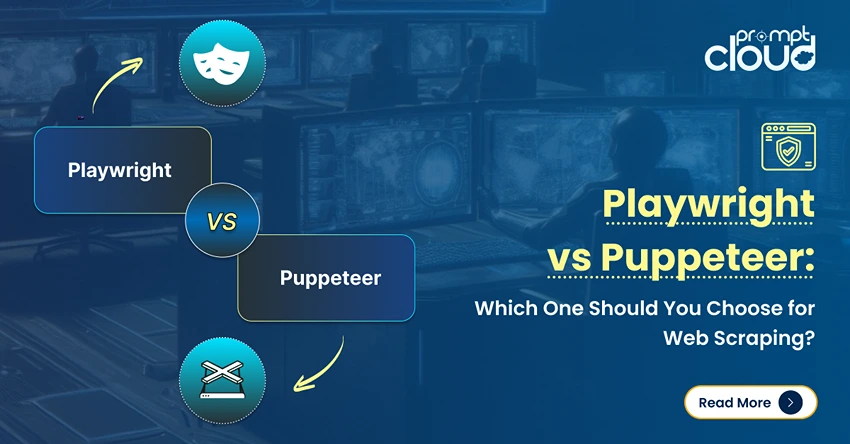
The retail sector is continuously growing. According to Statista, total retail sales in the United States are projected to amount to 5.94 trillion U.S. dollars in 2024, up from around 5.47 trillion U.S. dollars in 2019. As we approach 2022, it appears that retail location data seems irreplaceable and necessitates its use in every industry, especially Retail.
Over 90% of companies believe location data is crucial to their success. Retail location data acts as a catalyst for creating a more unified omnichannel retail experience. The rising use of mobile devices has pushed the application for Retail because of how conveniently people rely on mobile shopping, mobile location, making it easier for sellers to integrate location data with marketing campaigns to display shoppers with suitable recommendations at the right time.
As a retailer, you want to know who your consumers are, what they purchase, how frequently they purchase, and where they come from.
What is Location Intelligence?
This is a technique for extracting data from geospatial data to solve specific challenges in various industries. Location intelligence platforms employ analytical and operational business solutions and are primarily based on geographic information system (GIS) techniques. As a result, businesses can utilize the technology to collect crucial data sets like GPS data, transaction history, point-of-sale data, and other business processes for in-depth geographic analysis.
Accurate contextual information on the location and movement of individuals is the foundation of location analytics. It offers demographic data on adjacent firms, including competitors, from the perspective of the retail industry. LI reveals who lives in a given region, how much profits they make, and what kind of residences they live in. It adds demographic information to the data to deliver a wealth of information concerning the consumer base.
Top 7 Ways Retailers Can Use Retail Location Data in Retail
Better Understand Customer Demographics
Because a trade area, or the geographic area through which a retail business obtains its consumers, is critical to the sustainability of a retail shop location, your retail team must ensure that you open outlets in areas where your target customers live or frequently visit.
Location technology and data provide you with real-time information and behavioral insights about the individuals who reside and travel near-certain retail sites. You’ll learn more about the demographics of customers in your target market. You may also observe where consumers like to shop or go in their spare time.
Better insights about the customer base using Business Intelligence will help you provide suitable services and products that will directly impact your leads. In that case, you can strategize your marketing accordingly and invest more in this age group because everyone in that area will prefer your shop first.
Learn More About Customer Behavior
You can use retail location data to evaluate consumer behavior and gain a better understanding of potential consumers. You may even use it to track people’s behavior in certain regions to see if there’s enough foot traffic to justify opening a business there.
A seamless customer experience is defined by reduced friction, ease, excellent service, and a high level of personalization throughout the buying path. To satisfy these considerations, retailers must create actionable insights from the data they have about their operations and consumer habits. When location analytics is integrated with the massive amounts of operational and customer data that most retailers have, they may achieve previously unimaginable efficiency, revenue growth, competitive edge, and customer experience levels.
Targeted Advertising
While smartphones provide information about how people engage online, location technology provides information about what smartphone users do offline by displaying their physical location when linked to the network but not actively engaged in online activity.
When it comes to building advertising strategies and marketing campaigns, combining online and offline behavior is exceptionally potent. You won’t lose money on clicks from clients outside your specified location if you add predefined areas to digital advertisements. In addition, you may create particular ads based on consumer behaviors and expectations when you combine geotargeting and geofencing.
Improved Customer Services
Another great retail location data example is improved customer services using such data. The data that organizations collect has a geographical component. For example, we usually receive a notification after visiting a specific fashion store, inquiring about our experience there. Retailers can use this information to track foot traffic in their various establishments in different areas and send out notifications to customers based on their proximity. Understanding the factors for increasing customer loyalty at the retail level would also be beneficial.
Highlights Expansion Potential
By examining areas of interest and their sales potential, retail location data also aids in the identification of the ideal locations. As a result, it is one of the essential instruments for market research and extensive competitor analysis.
Furthermore, it is critical to identify external factors that affect the performance of your current and projected businesses. Intelligent mapping provides business leaders with an understanding of how specific areas are changing, allowing them to maintain a competitive advantage in various industries.
Strategic Decision Making
A company develops a business strategy to define how it will compete at the highest level against its competitors. Any capability that significantly supports the plan is referred to as a strategic enabler. Many businesses are baffled as to how location information contributes in this way. Realizing how a strategic advantage is established is the key to finding the answer.
Having something significant that competitors would find difficult to duplicate is a strategic advantage. High-level strategic advantages include a strong brand, a low-cost structure, and proprietary intellectual property. These are valuable assets since they safeguard the company’s competitive position. And all these strategies can leave you with an edge over your competitors through location analytics combined with business Intelligence via location technology because you can actually track your customers and competitors to analyze and reconsider your plans.
How Web Scraping Can Help you Gather Location-Based Data for Creating Your Retail Strategy
Get accurate, validated, updated, inexpensive, and ready-to-use location data in an instant to help you accelerate business growth using web scraping. With web scraping tools, you may gain visibility into the retail market, including retail shop openings, store closures, parking convenience, in-store pickup options, services, subsidiaries, the nearest competitor’s store, and much more.
In-depth information of new trends, competitive prices, and other location data from various sources can be availed using a web scraping service. Retailers can organize their marketing, promotions, and sales campaigns more successfully based on current client preferences. Why wait for more? Get in touch with PromptCloud for quality data.



















